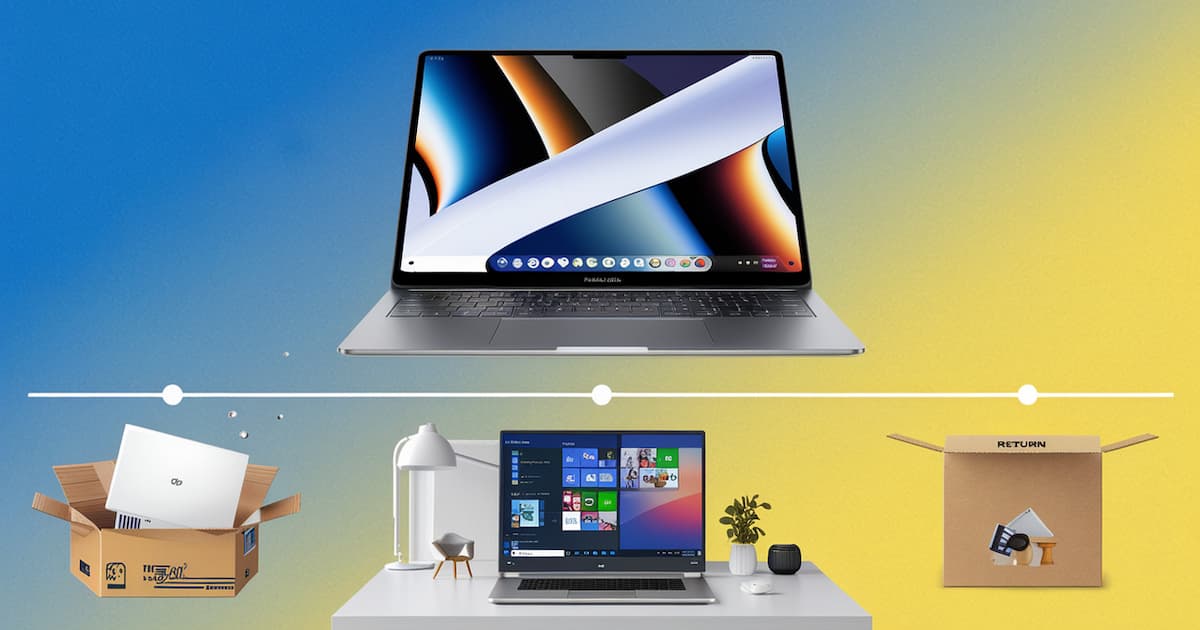IT Asset Management for Startups

What is IT Asset Management?
IT Asset Management (ITAM) is the process of tracking, managing, and optimizing an organization's IT assets throughout their lifecycle. These assets include everything from laptops, servers, and mobile devices to software licenses and cloud services. ITAM ensures businesses know what assets they own, where they are, how they're used, and when they need to be upgraded or replaced.
Why Does it Matter?
Cost Control
Unused or underutilized software licenses, forgotten subscriptions, and aging hardware can quickly eat into a small business's budget. ITAM helps eliminate waste by identifying redundant tools and ensuring only necessary purchases are made.
Improved Security
Knowing what assets are in your network is a fundamental step in securing your IT environment. Outdated or unpatched devices often become entry points for cyberattacks. With ITAM, you can ensure all assets meet your company’s security standards and receive timely updates.
Regulatory Compliance
Many industries require businesses to maintain records of their software usage and data handling practices. A robust ITAM system simplifies audits and helps avoid costly compliance issues.
Operational Efficiency
ITAM makes onboarding and offboarding employees smoother. It also streamlines asset provisioning, ensures employees have the tools they need, and prevents productivity bottlenecks caused by missing or malfunctioning equipment.
Key Elements of a Successful ITAM Program
-
Inventory Management: Keep a real-time inventory of all hardware and software assets.
-
Lifecycle Tracking: Monitor assets from procurement to retirement.
-
Automation Tools: Use ITAM software to automate data collection and reporting.
-
Policy Development: Establish policies for purchasing, deploying, and disposing of IT assets.
Who Should Manage IT Assets?
Operations
When ownership responsibilities are unclear in an organization, Operations typically steps in. Companies with centralized operations benefit from placing IT under this umbrella, creating seamless integration across systems. ITAM aligns naturally with Operations when they already manage vendor relationships and can leverage existing platform partnerships.
Finance
Finance departments in inventory-intensive companies often have established systems for tracking physical assets such as computers, peripherals, and monitors. Finance oversight of ITAM makes particular sense in organizations requiring significant investment in high-performance equipment, such as AI research firms where technology represents substantial capital expenditure.
Engineering
For Software Engineering companies, having the engineering team own ITAM makes sense when the team is small and it requires tight integration into other systems, like setting up dev tools. For larger non-software organizations where engineering reports to IT, establishing this connection early creates operational efficiencies as the company scales.
People (Human Resources)
In smaller organizations, the People team frequently serves as the point of contact for all employee-facing services, including IT. HR professionals excel at vendor relationship management, and many HR platforms now offer integrated IT solutions that connect employee lifecycle events with asset management workflows.
Information Technology
For organizations with dedicated IT departments, ITAM naturally falls under their purview. This typically happens when companies exceed 50 employees. The IT leadership role may initially report to Operations, Engineering, or HR before evolving into an independent department as the organization grows.
Outsourced
Outsourced IT Service providers can provide expert support across all areas of IT. Some IT service providers will even fix machines when necessary. The combination of internal teams who know the onboarding/offboarding processes and software and service vendors makes a great combination for a scaling team. Outside IT Service providers still need one department responsible for managing the vendor relationship.
When is the Right Time to Move to ITAM Software?
The time to move from spreadsheets to an actual IT Asset Management software will depend on your business regulations, growth rate, and other needs. Typically it’s between 10-30 employees.
Your team is remote
Distributed teams have difficulty tracking who has which device and the provisioning, distribution, and collection of devices for employees. IT asset management software organizes IT inventory then makes it easy to manage it.
Business is scaling rapidly
Growth often outpaces simple asset tracking methods like spreadsheets. If you're onboarding many new employees, especially remotely, it becomes hard to track who has what.
Audits or compliance are a concern
If you need to meet compliance standards such SOC 2, ISO 27001, HIPAA), proper IT asset management is not optional, it’s required.
You’re spending too much time managing assets manually
If your IT team is constantly chasing down gear, managing license renewals, or responding to access issues, it’s time to automate and streamline.
